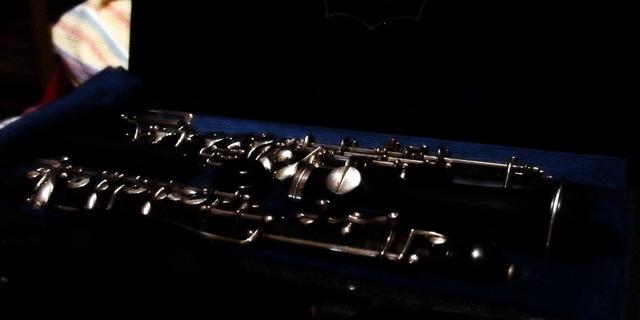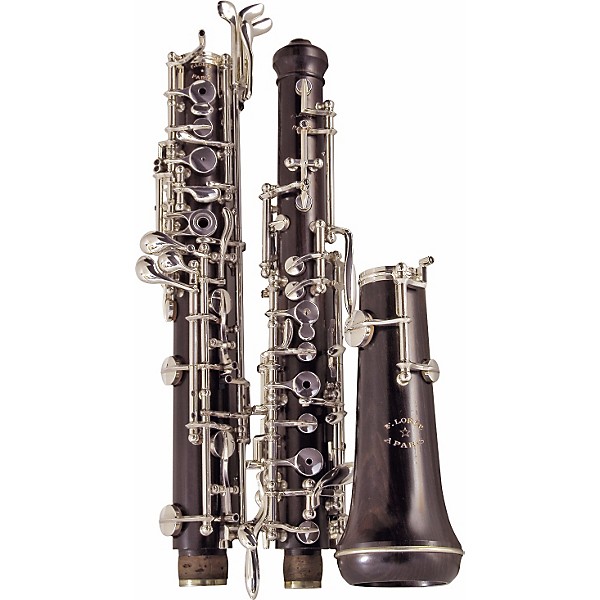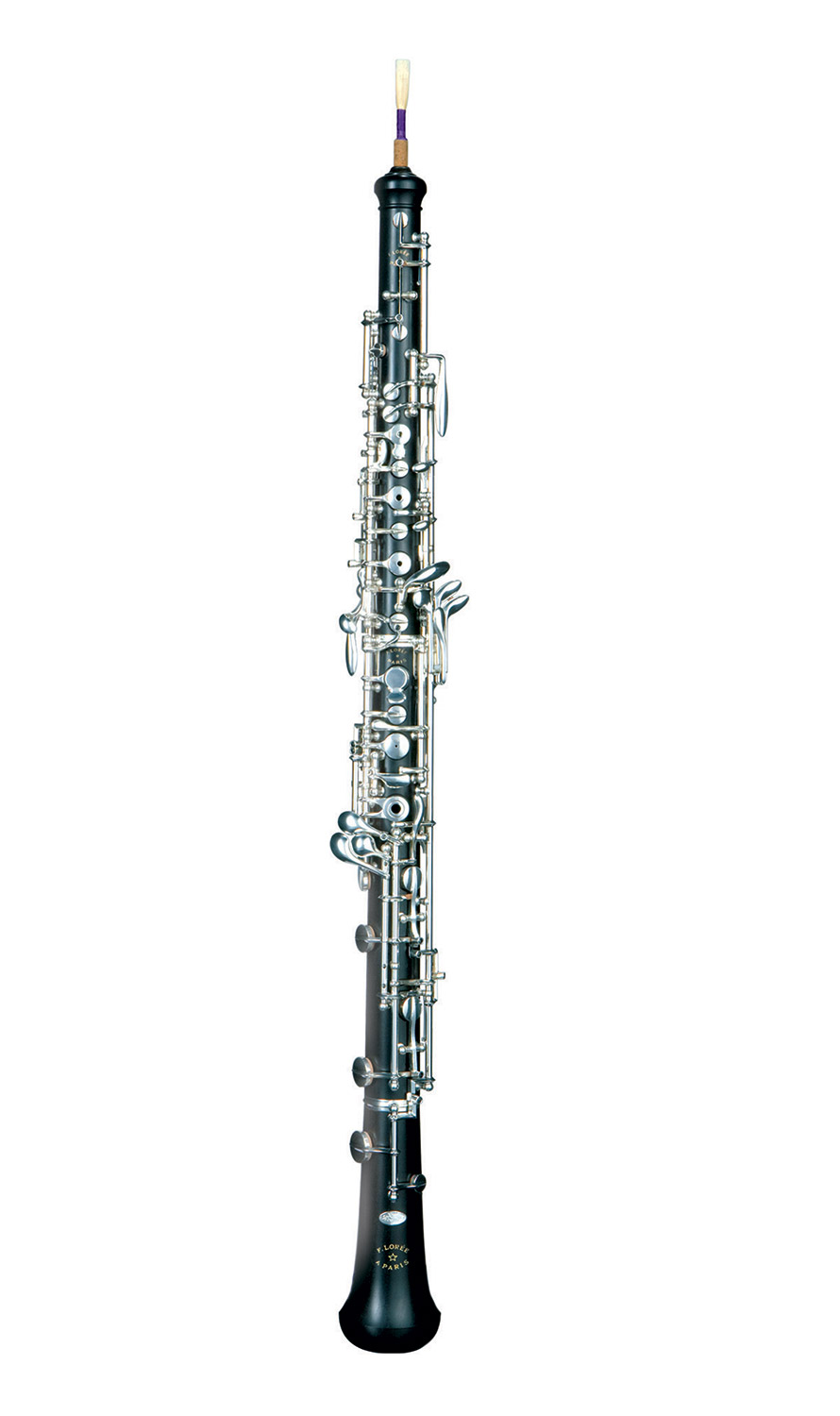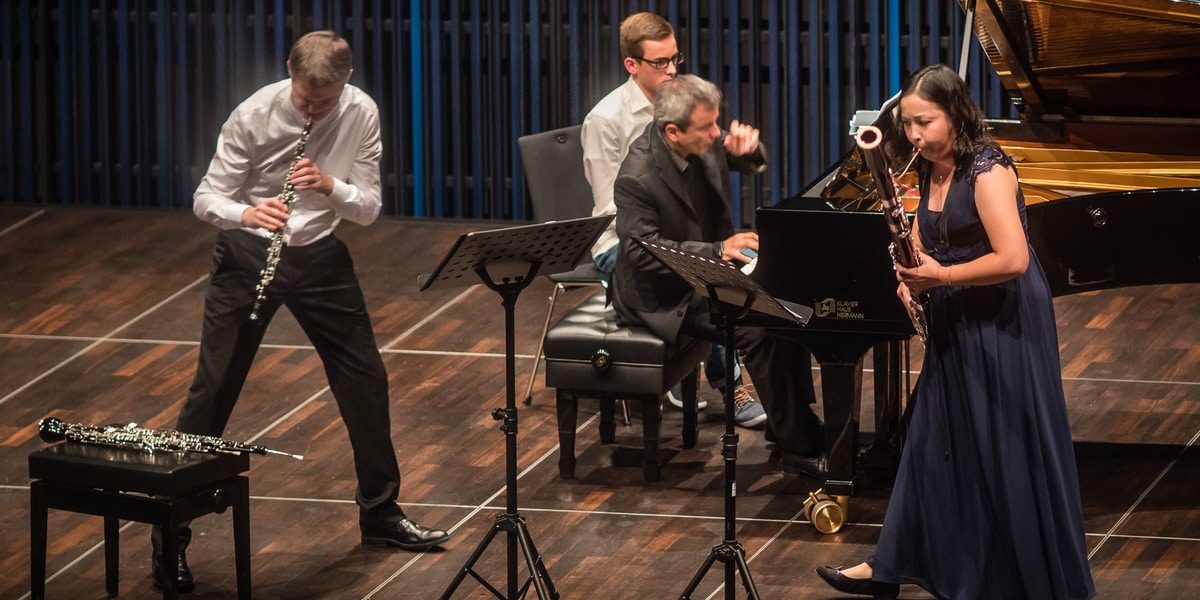Choosing an oboe can be both a fun and stressful process. One of the most well-known oboe brands is F. Lorée.
For oboe, Lorée is a staple for many professional oboists, and actually plays a key role in the history of the oboe.
Let's learn more about the history of F. Lorée and the models of oboes that they produce today.
Timeline
Following are a few of the major events for the Paris oboe making company Lorée.
1881
François Lorée founds his own company, F. Lorée.
1906
Lucien Lorée creates the “conservatory plateau system”along with Georges Gillet, which is the standard form of the modern oboe.
1974
Alain de Gourdon obtains Cabart, which becomes the standard of the student oboe line.
1980
Lorée's Bass Oboe is launched.
1989
Lorée launches their F.Lorée ROYAL oboe.
1990
The CABART Petites Mains oboe is launched, which is designed for young beginners.
1992
Lorée launches their piccolo oboe (in F).
2006
Lorée creates the special F. Lorée ROYAL 125 for the 125th anniversary of the company.
2008
Lorée launches the ROYAL Amethyst oboe.
2013
Lorée launches the Etoile oboe.
Manufacturing
Here are some important things to note about the manufacturing process for F. Lorée.
Wood
They receive their grenadilla wood, mostly from Mozambique or Tanzania.
The wood is then drilled and turned a first time in a cylindrical shape, in order to facilitate drying.
The wood is then stored and dried for 6 to 7 years minimum.
After that, the dried wood pieces are turned again, to obtain the final outside shape and the bore of the instrument.
Tone holes and holes for the mechanics’ support (posts) are drilled.
Finally, the posts are installed on the wooden joints, drilled and milled.
Metal
Most of Lorée's instrument keys are made of German silver.
Some keys are turned, while some are milled, bevelled, cut, and then soldered together. There are more than 200 pieces before soldering, and about 50 after.
The pieces are then silver-plated. Finally, they are installed on the wooden parts.
Final steps
The finishing of the instrument consists of installing the cork pads, springs, and adjusting screws.
Then the instrument is tuned, and final adjustments to the bore are made.
Finally, the instrument is put in its case and is ready to ship or to be tested at the Lorée workshop located in Paris.
Let's take a look at the models of oboes that Lorée produces today.
F. Loree Oboe
This oboe has a c+3 full conservatory plateau system. It is made from grenadilla wood, with silver-plated keys.
All trill keys are present, with a 3rd octave key, forked F resonance key, left hand F key, and low B flat resonance key.
This instrument is also available in the AK version, which is extremely popular in the United States for its dark sound.
Having trouble understanding what keys are important for you or your student? Read my article about the Top Five Oboe Brands, and what to keep in mind when choosing an instrument.
F. Loree Etoile Oboe
This new model is unique because of its different bore construction.
This new bore construction offers a freer blowing instrument that is less physically demanding, yet still possesses a rich tone especially in the second octave.
This instrument has a cE+3 full conservatory plateau system. It is also made from grenadilla wood, with silver-plated keys.
All trill keys are present, along with the 3rd octave key. There is the forked F resonance key, left hand F key, and low B flat resonance key.
Special features that are present on this model, but not on the F. Loree Oboe are an adjustable thumb rest, tenons with dual metal reinforcement, an adjustment screw to regulate the height of the medium C key, and a high D facilitator.
F. Loree ROYAL Oboe
For the F. Lorée ROYAL Oboe, special attention is paid to the selection of the wood, and only the most beautiful pieces are used for manufacturing.
This instrument appeals to those looking for a darker and rounder tone given by thicker wood.
This instrument has a cR+3 full conservatory plateau system, and is also made from grenadilla wood, with silver-plated keys.
All trill keys are present, including a 3rd octave key. The ROYAL Oboe has a forked F resonance key, left hand F key, and a low B flat resonance key.
The special features that this instrument provides are an adjustable thumb rest to improve natural positioning of the hand, tenons with dual metal reinforcement to prevent joints from wobbling, and an adjustment screw to regulate the height of the C key which helps with the color and intonation of that particular note.
F. Loree ROYAL 125 Oboe
For the F.Lorée created the ROYAL 125 Obow for the 125th Anniversary in 2006.
This instrument has a cR+3-125 full conservatory plateau system, with grenadilla wood and silver-plated keys.
This oboe has all trill keys, with a 3rd octave key, forked F resonance key, left hand F key, and low B flat resonance key.
Different than the ROYAL Oboe, the ROYAL 125 also includes a large gold-plated reed well, high D facilitator, 10-year dried grenadilla wood, and gold-plated rings and posts.
F. Loree ROYAL 125 Amythyst Oboe
This instrument has a cR+3-125A full conservatory plateau system, and is made from grenadilla wood.
The ROYAL 125 Amythyst Oboe has all trill keys, a 3rd octave key, forked F resonance key, left hand F key, and low B flat resonance key.
Some special features for the Amythyst Oboe are gold-plated keys, amethyst set in the bell, with a dark purple leather case and leather cover.
Lorée is also known for making various other instruments in the oboe family like the English Horn, Oboe d'Amore, Bass Oboe, and Piccolo Oboe (in F). Lorée is also known for its student line, CABART.
Final Thoughts
The long-time Paris oboe maker Lorée is definitely popular for a reason. They know what they are doing, and produce reliable, dark instruments.
Many professional oboists around the world choose to play on Lorée instruments.
Personally, I play on a Lorée, because I find the sound to be dark while still bringing the sweetness of the oboe timbre.
I love my instrument with my whole heart, but will always recommend trying many different brands and makes of instruments before making a purchase.
Buying an oboe is a large investment, so you want to make sure that you have as much information as possible before dropping that kind of money.
Whatever brand of oboe you choose to play on, Lorée has played a major role in the modern oboe which should be admired.
Happy hunting for your new instrument! Remember, always be informed - you are taking a step in the right direction after reading this article.






